And if New York-based startup Paul Evans has anything to do with it, the next industry to get hit will be luxury Italian leather shoes.
He always felt a drive towards starting a company of his own, but it wasn’t until his career began to take off that the inspiration for Paul Evans hit him.
Working in finance, he always needed to dress for success.
He traded in his college wardrobe for a more mature style and started buying made-to-order suits, but when it came time to find shoes to complete his outfit, he quickly realized it was nearly impossible to find high-quality shoes at an accessible price point.
After doing some research, he saw there was was no reason for consumers to pay so much for these products.
Inspired by the success of other eCommerce brands like Warby Parker, Everlane and MVMT, Evan decided to try applying the direct-to-consumer business model to luxury shoes.
By bypassing traditional retailers like Nordstrom, Bloomingdales, or luxury shoe boutiques, he could source and sell directly to consumers for ½ the cost.
His target demographic was young men like him: 26-to-39 year old men who want to look their best without spending a fortune.
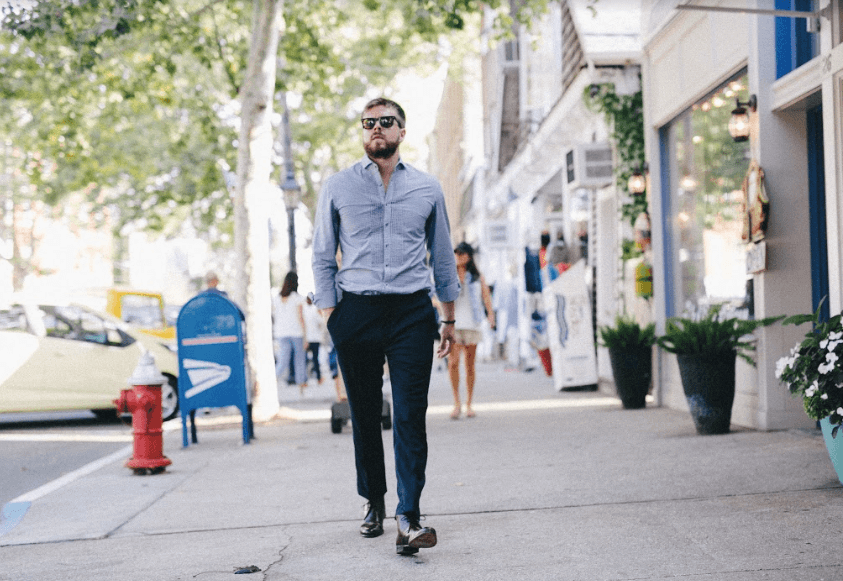
The Beginning of a Direct-to-Consumer Retail Brand
As you can imagine, building a brand around quality means that finding the right suppliers and products is critically important.
Evan spent the first few years sourcing products from different factories around the world in countries famous for their leather products, like Spain, Portugal and Italy.
After multiple trips to Europe, he discovered a family-owned factory in Naples, Italy, that makes ultra high-end products for other brands such as Ferragamo and Louis Vuitton.
“It’s the same factory, same type of shoe, same construction, and same quality as other luxury brands – but for a fraction of the cost,” Evan says.
After Evan saw the quality of the samples they received from the factory, he realized that the idea was actually going to work. The quality of the shoes was incredible for the price point – and he could easily see that this was a product consumers would love.
His next step was to set up a warehouse in New Jersey and imported the first shipment: 300 shoes.
That’s when he learned his first major lesson:
“In the beginning, it was terrible. I had no idea what was going on at the warehouse, and I quickly understood it wasn’t going to work because going through a third-party source meant it was very difficult to ship and receive products,” he explains.
He started looking for a new warehouse, but had to store the shoes somewhere in the meantime, which is how he ended up with 300 shoeboxes in his apartment.
“For one very, very long summer, I was selling products out of my home. My super was not happy. But that’s the sort of experience as an entrepreneur that you never forget,” he laughs.
When it comes to finding suppliers and fulfillment partners for a direct-to-consumer retail brand, Evan says it’s all about networking and meeting the right people.
While Evan had been to leather goods shows in Italy, like MICAM, and had met dozens of suppliers, he came across the one they work with today by striking up a conversation with a woman at a show in Las Vegas.
It just so happened that her boyfriend was the Director of Sourcing at a great supplier.
Like other eCommerce entrepreneurs have emphasized: Networking is everything.
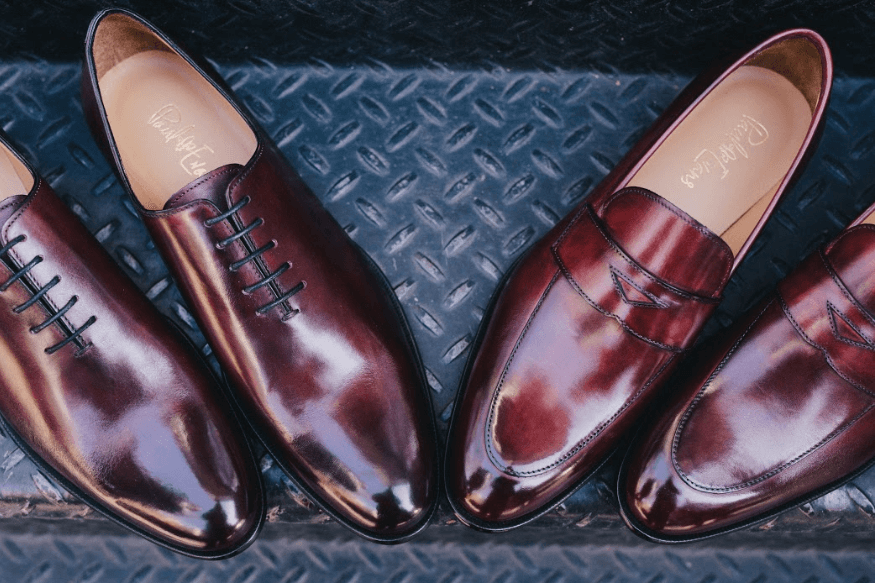
Gaining Momentum & Finding Funding
After spending a year getting the project running by himself, Evan realized that taking the business to the next level would require some help.
He had executed his idea, had samples made and had the infrastructure set up to launch his store, but needed money to actually place new orders with the factory.
So, he brought on a business partner, and they set out to raise funding.
It’s a relatively new phenomenon in the eCommerce world for small companies to reach for outside financial help – whether through investment or crowdsourcing.
But many of the top eCommerce brands today have looked for outside financial assistance to get to the next level.
“My only recommendation is to be careful about selling equity: Try to sell as little equity up front as possible. You can do a different type of deal, like convertible notes, but hold on to equity in the beginning.”
Raising money isn’t for every business though.
As Evan explains, “You raise money when you need it. If something is going to make or break your business and you can’t pay for it with your own money, then you’ll bring other people on.”
But just because you’re ready for funding doesn’t mean your business is: Try to raise money before you’re ready, and you’ll likely flop.
In the beginning stages, launching an eCommerce brand can be like jumping off a cliff blindly.
As Evan says, “You have no idea if your product or brand is going to work because it’s unproven, it hasn’t existed.”
Investors will look at your brand the same way. It’s important that your business is at a stage where you are confident it will succeed when you decide to look for funding.
If you don’t believe in your brand, no one else will.
“I knew the brand would really resonate with consumers, because it was a brand I would purchase from myself.”
Their target market is similar to Evan: a Millennial guy who wants to look good without spending a fortune.
Luckily, Paul Evans was at the stage where Evan and his partner were confident that their target audience would be hooked on the product, so they set sail in raising funding with full force – and succeeded.
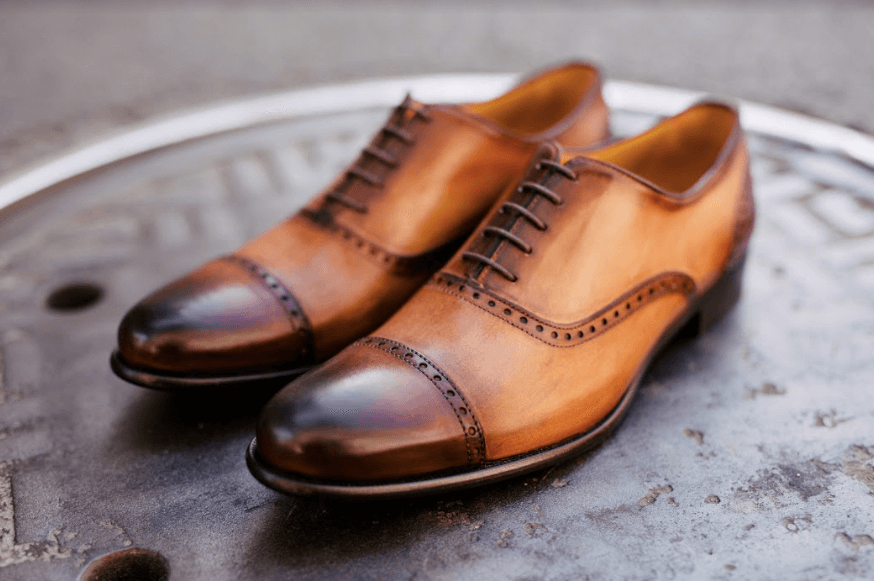
Marketing with Influencers
When they first launched, their marketing strategy was based almost entirely around influencers.
The direct-to-consumer business model faces unique marketing challenges because there are already strong brands selling the same product as you, so you need to find a way to get attention in a crowded industry.
To kick off their influencer word-of-mouth marketing, they reached out to bloggers and gifted tons of their product.
“In the first year, I probably gave away $100,000 worth of product,” Evan says. “But it’s an investment. Now we’re doing millions of dollars of revenues – and while the ROI isn’t measurable, the impact is clear.”
Influencers give you a jumpstart, Evan explains.
“It’s an online popularity contest. So if you can get your product to these people and they’ll promote it for free and all it costs you was the product – it’s actually the cheapest form of advertising you can get.”
It’s important that you match the product to the influencer – sending a fine leather men’s shoe to a female lingerie blogger isn’t going to get you very far, but sending it to the right influencer can have an enormous positive impact on pushing a growing brand into the spotlight.
“Plus, when you’re outreaching bloggers, it builds authentic, quality backlinks, which are good for SEO, so influencer outreach is solving multiple problems at once,” he adds.
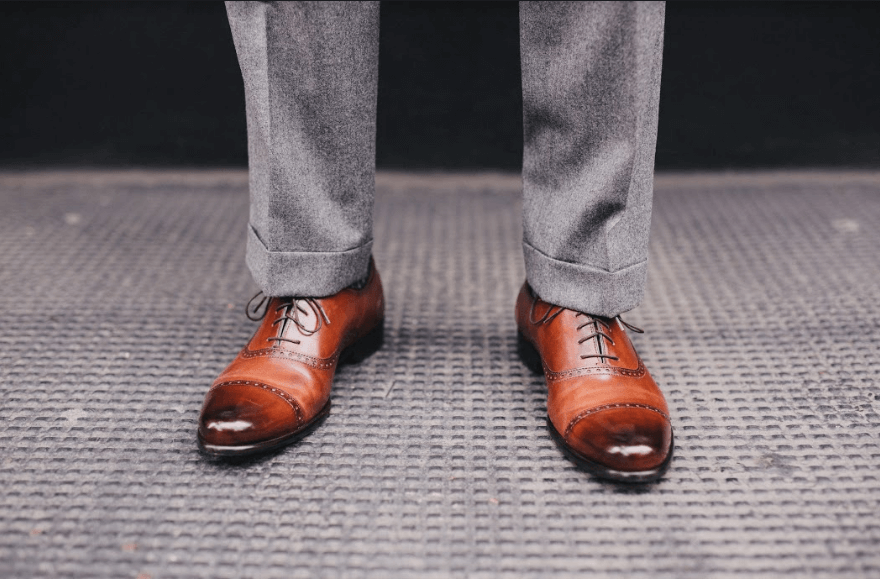
Bringing eCommerce Offline
Like many direct-to-consumer retail brands that start online, Paul Evans is crossing the digital boundary by bringing his online store into the offline world.
With the launch of their flagship brick-and-mortar shop, they were able to convert customers who loved the brand but had never purchased due to doubts about fit, comfort, etc.
“People walk in ready to buy something – often, they’ve been following us online for two or three years, but they haven’t purchased online yet because they’re hesitant to invest in shoes without trying them on.”
Like other fashion brands, hesitations about fit and comfort meant that consumers who loved their brand may have never purchased because they were unsure about the product they would receive.
“We try to push past the lack of customer trust by offering a super generous return shipping policy, but it’s not always enough. Sometimes people just want to see the products in person, so we had to find a way to make that happen,” Evan says.
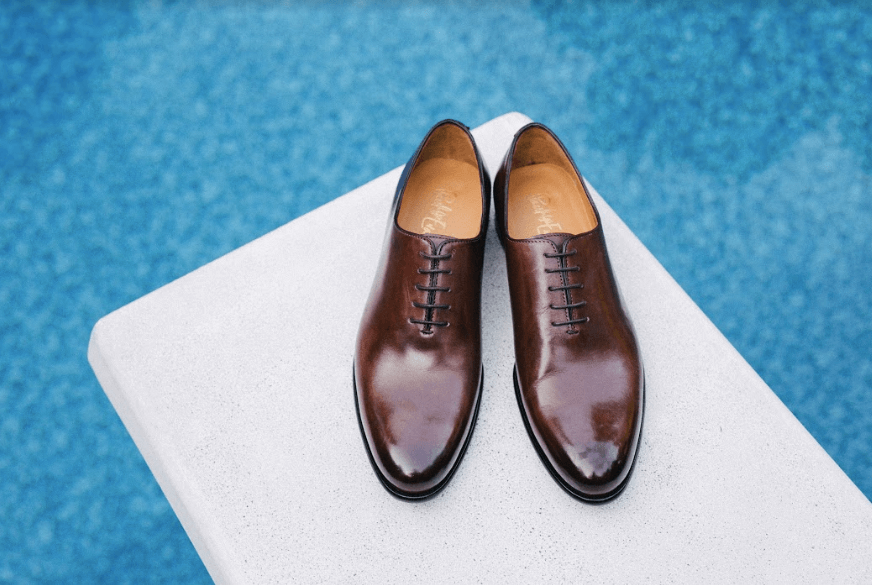
Having the Tenacity to Survive & Thrive
Many eCommerce entrepreneurs want to know – what separates the best from the rest? What makes an eCommerce businesses thrive – and why do so many fizzle out and die?
Evan explains that the first year or two is when a lot eCommerce businesses go through most of the struggles that are going to make or break them.
“Some people just aren’t cut out for entrepreneurship,” Evan says. “You either have the tenacity to want to do something and you’re going to do it no matter what obstacles you face – or you don’t have that drive, and you’ll fail.”





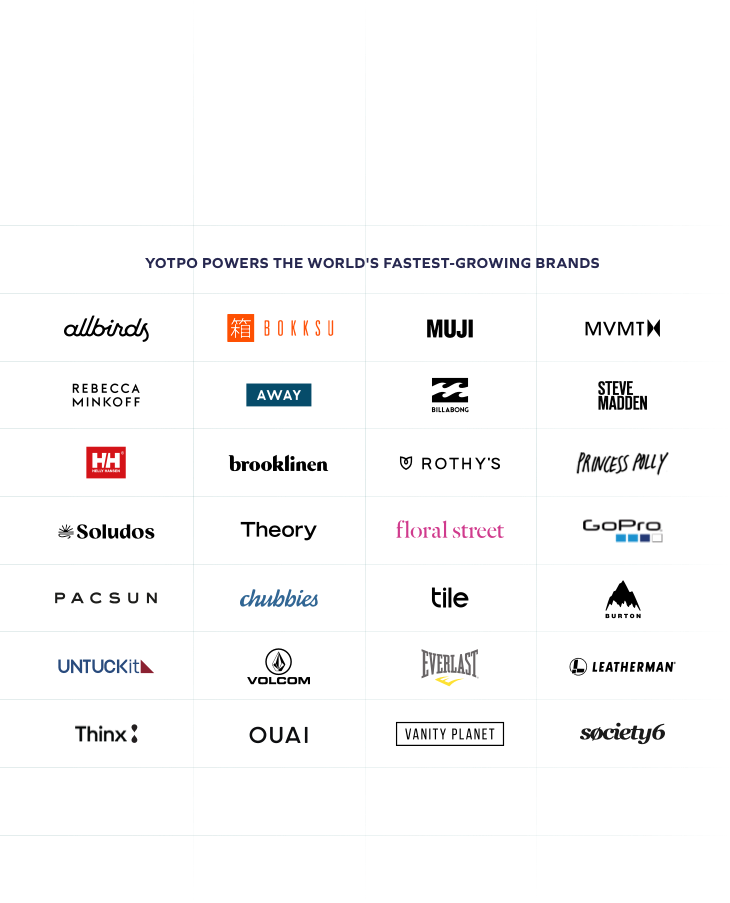



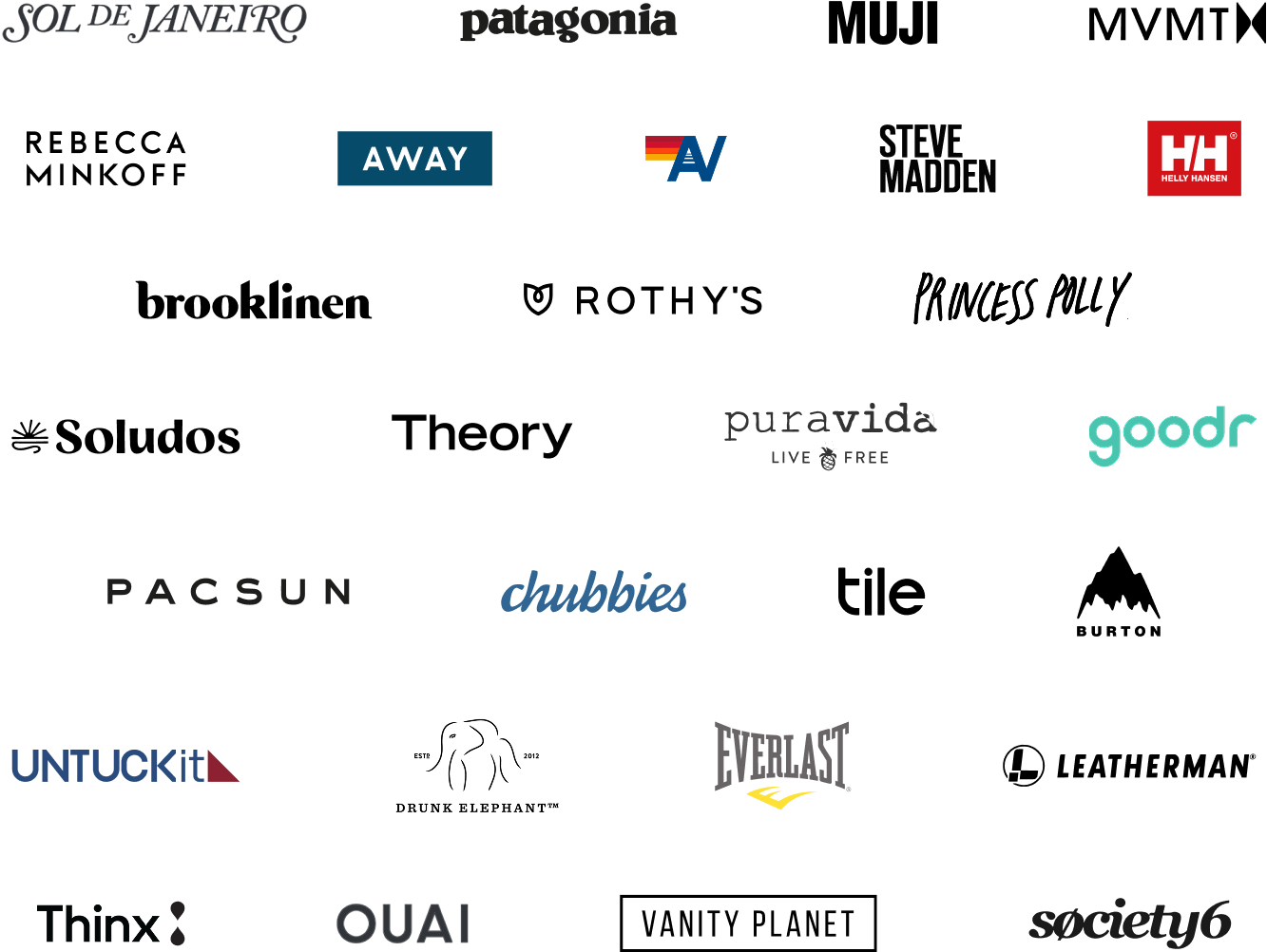



 Join a free demo, personalized to fit your needs
Join a free demo, personalized to fit your needs